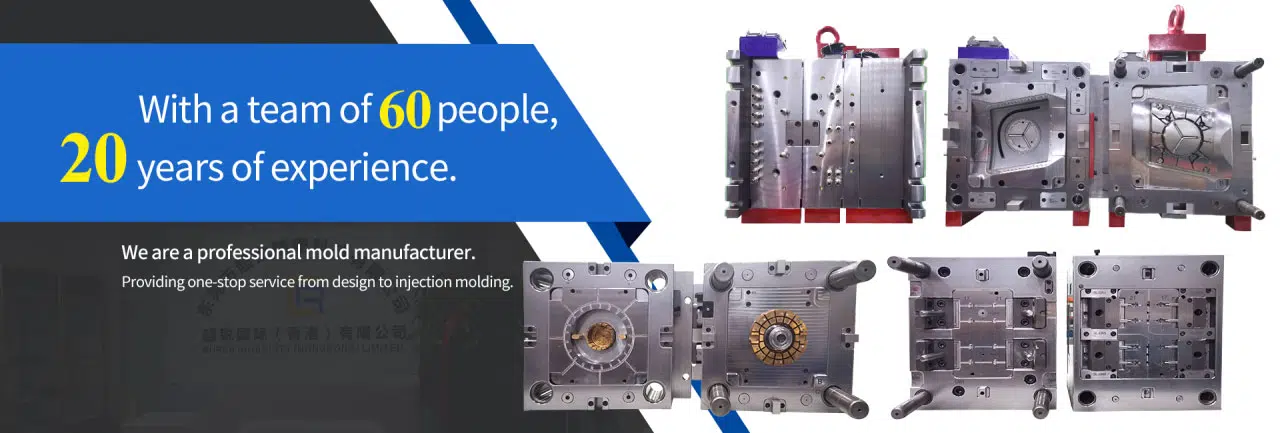
# Injection Molding: Process, Materials, and Applications
## Introduction to Injection Molding
Injection molding is a manufacturing process widely used for producing plastic parts in large volumes. It involves injecting molten material into a mold where it cools and solidifies into the desired shape. This process is highly efficient, repeatable, and capable of producing complex geometries with excellent dimensional accuracy.
## The Injection Molding Process
### 1. Clamping
The mold consists of two halves that are securely clamped together by the molding machine before the injection process begins. The clamping force must be sufficient to keep the mold closed against the pressure of the injected material.
### 2. Injection
Plastic pellets are fed into a heated barrel where they are melted. The molten plastic is then injected into the mold cavity through a nozzle and runner system under high pressure.
### 3. Cooling
Once the mold cavity is filled, the plastic begins to cool and solidify. Cooling time depends on the material used and the thickness of the part.
### 4. Ejection
After sufficient cooling, the mold opens and ejector pins push the finished part out of the mold. The mold then closes again, ready for the next cycle.
## Common Materials Used in Injection Molding
### Thermoplastics
Thermoplastics are the most commonly used materials in injection molding because they can be melted and remelted multiple times. Popular thermoplastics include:
- Polypropylene (PP)
- Acrylonitrile Butadiene Styrene (ABS)
- Polyethylene (PE)
- Polycarbonate (PC)
- Nylon (PA)
Keyword: Injection Molding
### Thermosetting Plastics
These materials undergo a chemical change during molding and cannot be remelted. They offer high heat resistance and dimensional stability:
- Epoxy resins
- Phenolic
- Polyurethane
### Elastomers
Rubber-like materials used for flexible parts:
- Silicone
- Thermoplastic elastomers (TPE)
## Applications of Injection Molding
### Consumer Products
Many everyday items are made through injection molding:
- Plastic containers
- Toys
- Housewares
- Electronics housings
### Automotive Components
The automotive industry relies heavily on injection molded parts:
- Dashboards
- Bumpers
- Light housings
- Interior trim
### Medical Devices
Injection molding produces sterile, precise medical components:
- Syringes
- Surgical instruments
- Implantable devices
- Diagnostic equipment parts
## Advantages of Injection Molding
Injection molding offers several significant benefits:
- High production rates
- Repeatable high tolerances
- Low labor costs
- Minimal scrap losses
- Ability to use a wide range of materials
- Complex part geometries possible
## Conclusion
Injection molding remains one of the most versatile and cost-effective manufacturing processes for plastic parts. Its ability to produce high volumes of identical parts with complex geometries makes it indispensable across
